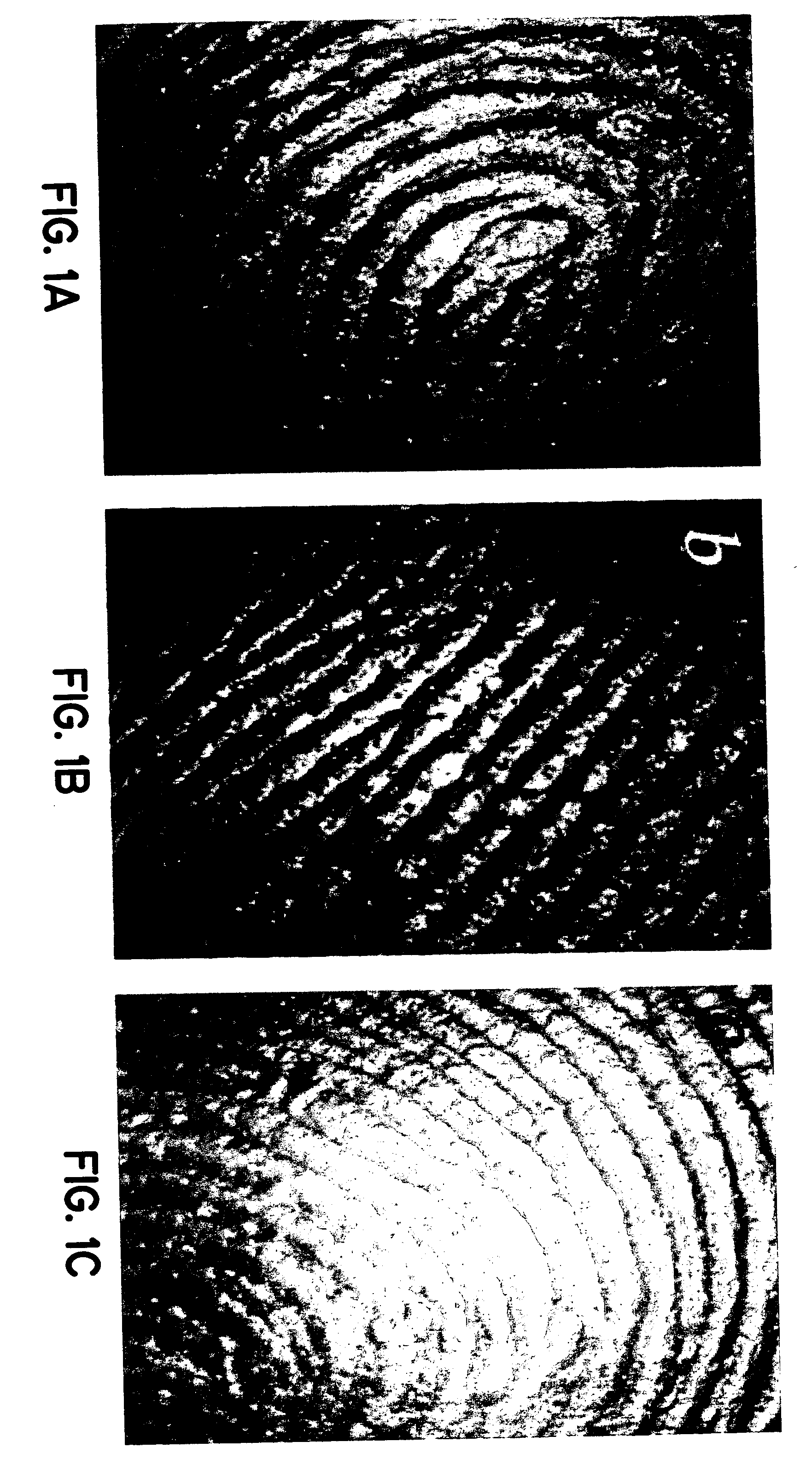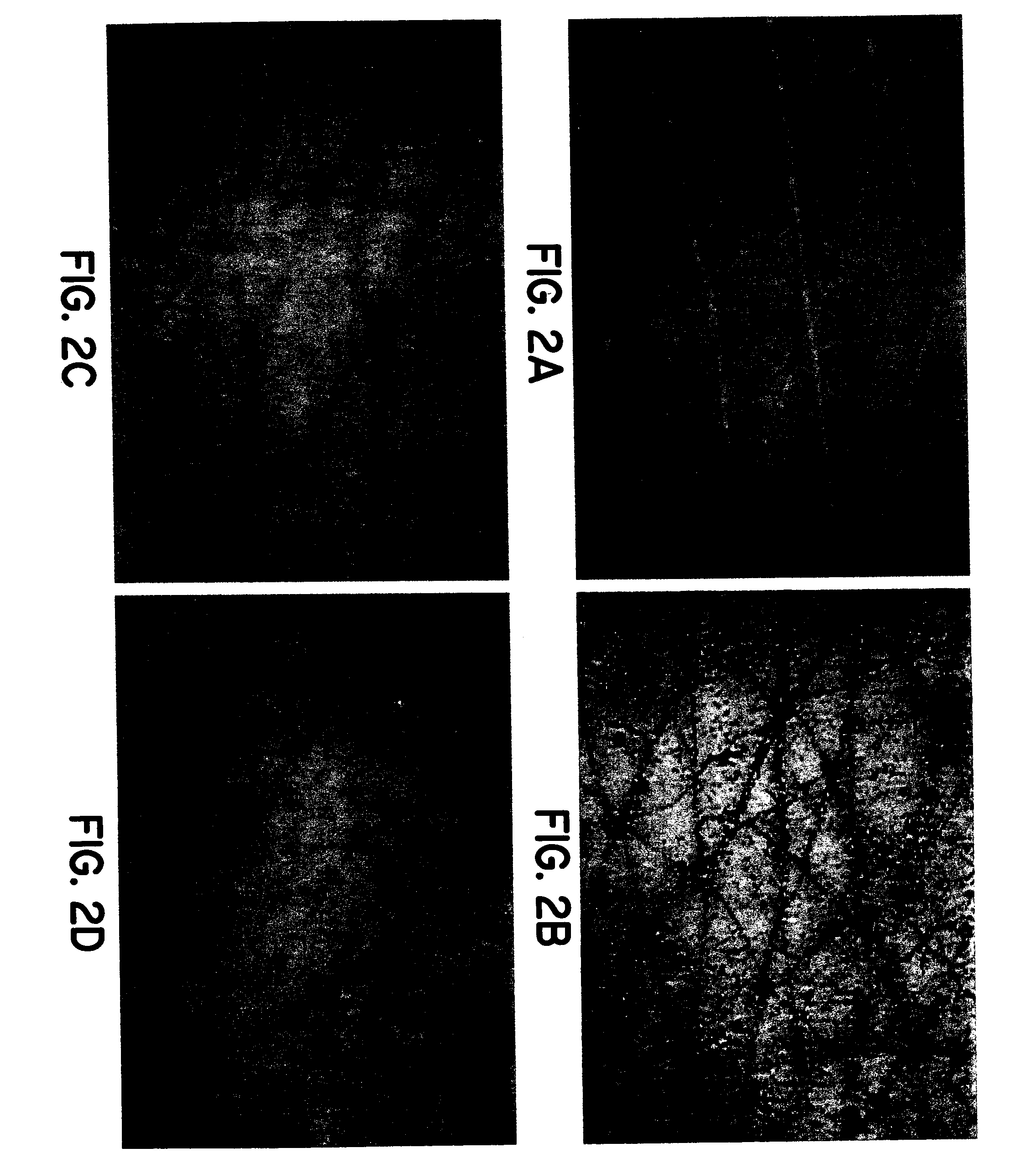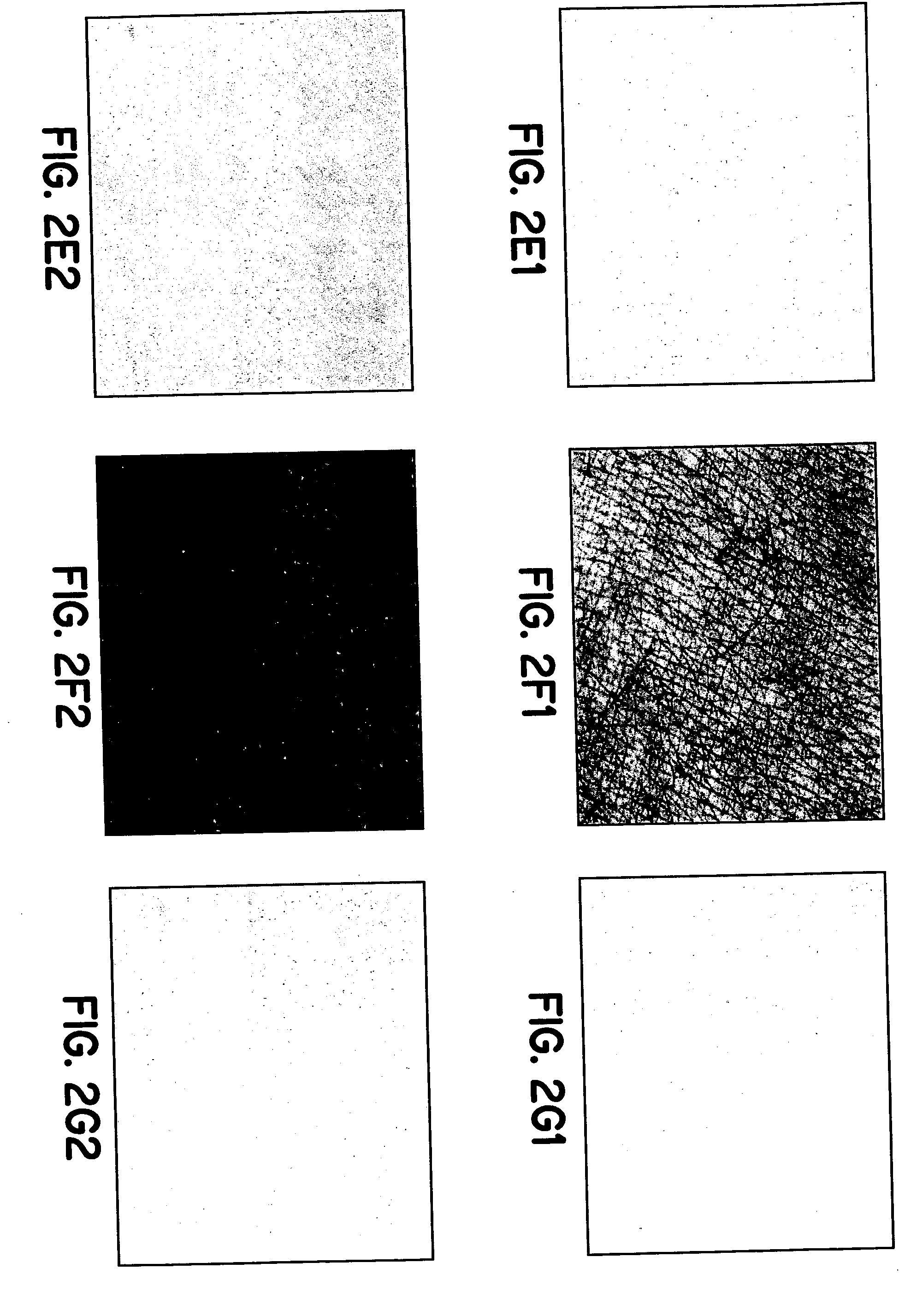Simulated vernix compositions for skin cleansing and other applications
a technology of composition and vernix, applied in the direction of liposomal delivery, pharmaceutical delivery mechanism, toilet preparation, etc., can solve the problems of difficult control and uniform administration of vernix to a surface, limited application of vernix to clinical use, and inability to completely dissolve vernix in conventional solvents
- Summary
- Abstract
- Description
- Claims
- Application Information
AI Technical Summary
Benefits of technology
Problems solved by technology
Method used
Image
Examples
example 1
[0108] Cubosomes of monoolein and water (60% monoolein, 40% water) are produced. The resulting cuboidal gel is further processed to produce a dispersion of smaller cubosome particles. The particles are mixed into the lipid phase of cholesterol esters (about 20% to about 35%), ceramide (about 10% to about 20%), triglycerides (about 10% to about 20%), cholesterol (about 5% to about 10%), FFA (about 5% to about 10%), phospholipids (about 5% to about 10%), wax esters (about 2% to about 8%), squalene (about 0.5% to about 5%), wax diesters (about 0.5% to about 6%), and cholesterol sulfate (about 0.1% to about 3%). The water phase of the cubosome may be loaded with hydrophilic molecules (glycerin, lactic acid, pyrrolidone carboxylic acid, urocanic acid, amino acids) to provide a source of water binding materials.
example 2
[0109] The synthetic vernix composition is prepared as in Example 1 using cubosomes of monoglycerol of long chain saturated fatty acids (e.g., C22 chain length).
example 3
[0110] The synthetic vernix composition is prepared as in Example 1 replacing cubosomes with phospholipid liposomes, nonphospholipid liposomes, colloidosomes, nanoparticles, or microparticles.
[0111] Liposomes may be single or multiple lipid layers to encapsulate water, and coated on the outside with polyethylene glycol to provide additional water to the system. The water phase can also include water soluble components. Nanoparticles may be polyvinyl alcohol hydrogel, about 500 nm to about 750 nm in diameter. Nanoparticles may also be poly-N-isopropylacrylamide (pNIPAm) hydrogel; these are monodisperse hydrogel particles with sizes from 50 nm to 1 μm in diameter. Nanoparticles may further be poly(ethylene oxide)-poly(L-lactic acid) as a copolymer system. Nanoparticles of poly(L-lactic acid) may be coated with polyethylene oxide. Microspheres may be about 400 nm to about 600 nm in diameter containing poly(lactide-co-glycolide) to which polyethylene glycol dextran conjugates are added...
PUM
| Property | Measurement | Unit |
|---|---|---|
| surface free energy | aaaaa | aaaaa |
| critical surface tension | aaaaa | aaaaa |
| critical surface tension | aaaaa | aaaaa |
Abstract
Description
Claims
Application Information
 Login to View More
Login to View More - R&D
- Intellectual Property
- Life Sciences
- Materials
- Tech Scout
- Unparalleled Data Quality
- Higher Quality Content
- 60% Fewer Hallucinations
Browse by: Latest US Patents, China's latest patents, Technical Efficacy Thesaurus, Application Domain, Technology Topic, Popular Technical Reports.
© 2025 PatSnap. All rights reserved.Legal|Privacy policy|Modern Slavery Act Transparency Statement|Sitemap|About US| Contact US: help@patsnap.com



